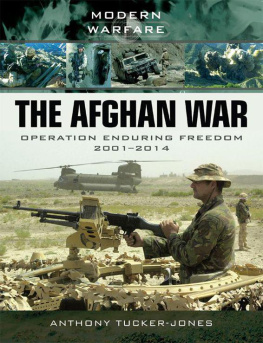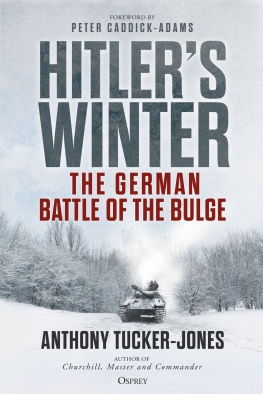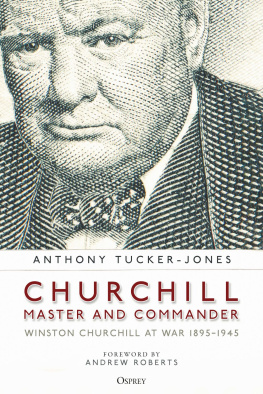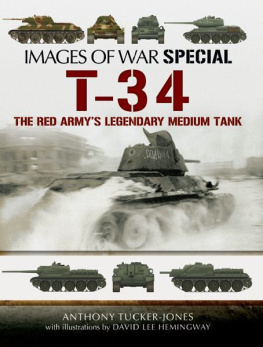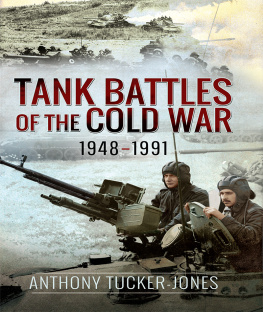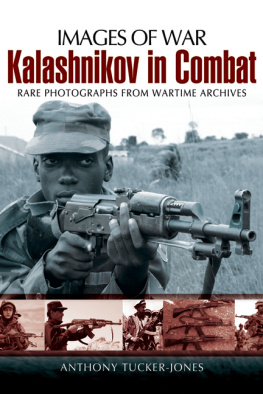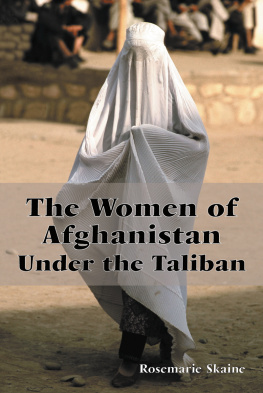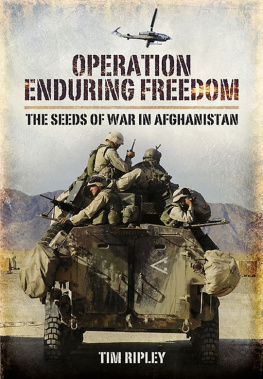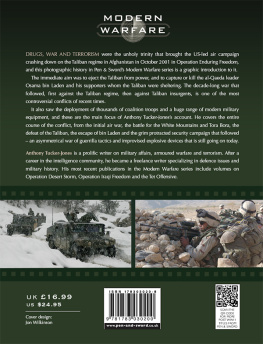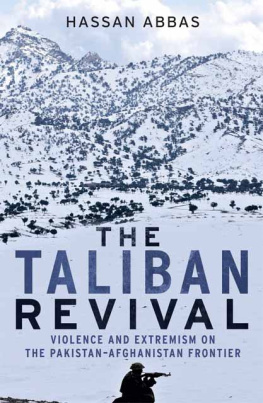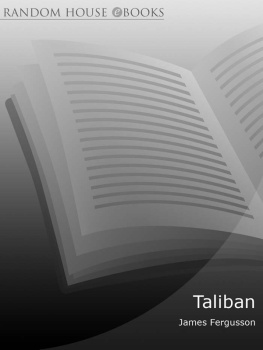
Men of 45 Commando being air lifted by a Chinook helicopter.
First published in Great Britain in 2014 by
PEN & SWORD MILITARY
an imprint of
Pen & Sword Books Ltd,
47 Church Street,
Barnsley,
South Yorkshire
S70 2AS
Text copyright Anthony Tucker-Jones, 2014
Photographs copyright as credited, 2014
ISBN 978 178303 020 0
The right of Anthony Tucker-Jones to be identified as Author of this Work has been asserted by him in accordance with the Copyright, Designs and Patents ACT 1988.
A CIP record for this book is available from the British library.
All rights reserved. NO part of this book may be reproduced or transmitted in any form or by any means, electronic or mechanical including photocopying, recording or by any information storage and retrieval system, without permission from the Publisher in writing.
Typeset by CHIC GRAPHICS
Printed and bound in India by Replika Press
Pen & Sword Books Ltd incorporates the imprints of Pen & Sword Archaeology, Atlas, Aviation, Battleground, Discovery, Family History, History, Maritime, Military, Naval, Politics, Railways, Select, Social History, Transport, True Crime, and Claymore Press, Frontline Books, Leo Cooper, Praetorian Press, Remember when, Seaforth Publishing and Wharncliffe.
For a complete list of Pen & Sword titles please contact
Pen & Sword Books Limited
47 Church Street, Barnsley, South Yorkshire, S70 2AS, England
E-mail:
website: www.pen-and-sword.co.uk
Contents
Preface
P en & Swords Modern warfare series is designed to provide a visual account of the defining conflicts of the late twentieth and early twenty-first centuries. These include Operations Desert Storm, Iraqi Freedom and Endring Freedom. A key characteristic of all three, fought by coalitions, is what has been dubbed shock and awe whereby superior technology, air supremacy and overwhelming firepower ensured complete freedom of manoeuvre on the ground in the face of a numerically stronger enemy. The focus of this series is to explain how military and political goals were achieved so swiftly and decisively.
Another aspect of modern warfare is that it is conducted in the full glare of the international media. This is a trend that first started during the Vietnam War and to this day every aspect of a conflict is visually recorded and scrutinized. Such visual reporting often shapes public perceptions of conflict to a far greater extent than politicians or indeed generals.
All the photos in this book, unless otherwise credited, were issued by the US Department of Defense and the UKs Ministry of Defence at the time of the conflict. The author and the publishers are grateful for the work of the various forces combat photographers.
Introduction
The Unholy Trinity
T he war on terror reached a watershed in 2014 with the withdrawal of the North Atlantic Treaty Organisation (NATO)-led international Security Assistance Force from Afghanistan. After ten long years the international community decided to bring to an end its efforts to establish security and stability in the war-torn country what had started as an act of punishment against those who support global terrorism had rapidly turned into a very costly and drawn out counter-insurgency war.
Despite the huge technological lead and overwhelming firepower of the international Security Assistance Force (ISAF), it was never able to defeat completely the elusive Taliban, who simply fled to their sanctuaries in the mountains of Afghanistan and neighbouring Pakistan. The tough Taliban fighters used much the same weaponry as the Mujahideen had during their decade-long struggle against the invading Soviet army. Washingtons response to the spreading insurgency was much the same. Having initially defeated a poorly equipped conventional enemy with shock and awe, it sought to repeat the process by confronting the insurgents with massive troop surges and shock and awe strategies designed to clear Afghanistans provinces and extend the rule of the Afghan government in Kabul.
The trigger for Operation Enduring Freedom (OEF) occurred on 11 September 2001. The world had watched in horror when jihadist terrorists crashed two airliners into New Yorks World Trade Center; one into the Pentagon and a fourth came down in rural Pennsylvania en route to who knows where.
More traditional airline hostage taking now saw the aircraft itself become an effective weapon in asymmetrical warfare. Al-Qaeda terrorists signalled that no longer was diverting an aircraft and or blowing it up on the tarmac sufficient to further their ends. The airliner had become a horrific force multiplier. The fear and disgust caused by 9/11 was palpable and the spectre of such outrages haunted every major city around the world. Osama bin Laden, leader of al-Qaeda, was immediately named as Washingtons prime suspect and he was in hiding in Afghanistan.
Drugs, war and terrorism were the unholy trinity that bought the American-led air war crashing down upon the Taliban regime in Afghanistan in early October 2001. Within the space of a month British and American air power under OEF brought the Taliban to their knees and facilitated the Northern Alliances capture of Kabul. After three months military action ended five years of hated Taliban rule and scattered the al-Qaeda terrorist organisation.
Al-Qaedas supporters trapped in Tora Bora proved not so much a resilient guerrilla army, but demoralised terrorists whose plans for global mayhem had gone awry. However, it was to take two weeks of fighting and relentless American bombing to clear the caves and tunnels, finally ending al-Qaedas foothold in Afghanistan.
The Battle of Tora Bora proved not such much a dramatic last stand by the militants, but more of a desperate rearguard action to distract the Coalition while senior members of the Taliban and al-Qaeda leadership including Osama bin Laden and Ayman al-Zawahiri escaped. What followed was a ten-year campaign to defend Afghanistan from a resurgent and vengeful Taliban intent on creating chaos.
Although the Taliban were swiftly ousted, bin Laden slipped the net for ten long years. Additionally, the west optimistically assumed it could impose democracy on what is essentially a failed state that has never functioned under an effective unitary authority. Historically, Afghanistans competing interests only pay lip service to whoever is sitting in Kabul, as the Russians discovered during their decade-long involvement with the country in the 1980s.
While al-Qaeda suffered notable leadership losses in Afghanistan, it was unclear whether its international supporters depended upon its survival to function, thereby leaving a residual international threat. Encouraged by the swift resolution in Afghanistan, many countries with long-standing terrorist problems made fresh attempts to address them and there was a greater level of support for the Middle East peace process. At the same time the US developed a broader anti-terrorist strategy focusing on al-Qaeda links and networks in such countries as the Philippines, Somalia, Uzbekistan and Yemen. In a worldwide clamp down some 500 terrorist suspects were arrested.
The Battle of Tora Bora proved a salutary lesson that terrorist havens around the world would no longer be tolerated and that counter-terrorism had become the dominant feature of warfare in the twenty-first century. However, the war on terror has since proved to be a long, hard struggle. In the years following the fall of the Taliban, Britains Operation Veritas turned into a rolling commitment known as Operation Herrick. Since then, under the command and control of NATO, the ISAF slowly expanded its area of control out from Kabul to extend the authority of President Hamid Karzais government.

